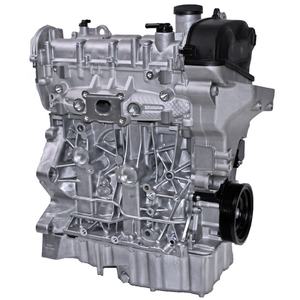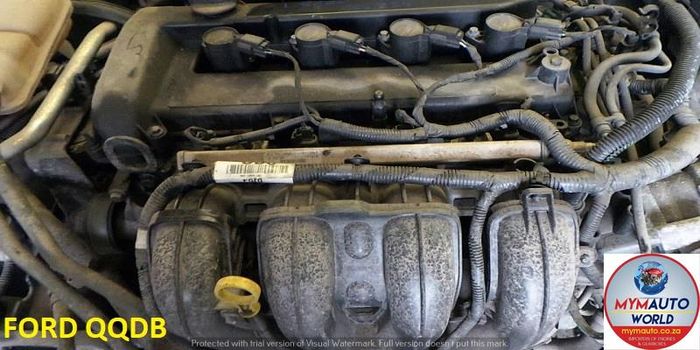Enhance Your Trip with a High-Quality Opel Corsa Engine
Enhance Your Trip with a High-Quality Opel Corsa Engine
Blog Article
Checking Out the Inner Operation of a Compact Lorry's Engine System
As motorists, we frequently take for granted the detailed processes that take place within the boundaries of our vehicle's engine system. In this expedition of a compact lorry's engine system, we will untangle the inner operations of this mechanical symphony, losing light on the secrets that drive us forward on our everyday journeys.
Combustion Process Review
The burning process in a portable car's engine system is a crucial device that effectively transforms fuel right into energy to power the lorry. This process takes place within the burning chamber of the engine, where gas and air mix, fire up, and generate controlled explosions. The burning procedure includes 4 main stages: consumption, power, compression, and exhaust.
Throughout the intake phase, the piston moves downward, attracting in a mix of air and gas right into the combustion chamber. The following stage, compression, entails the piston moving upwards, compressing the air-fuel combination to enhance its effectiveness. Consequently, in the power stage, the stimulate plug ignites the pressed mixture, leading to a rapid growth of gases that forces the piston back down. This descending movement creates the power needed to drive the car. In the exhaust phase, the burned gases are gotten rid of from the burning chamber through the exhaust valve, preparing the chamber for the following cycle. This cyclic burning process is essential to the procedure of a compact car's engine system, making certain efficient energy conversion for propulsion.
Piston and Cyndrical Tube Interaction

The piston's specific fit within the cyndrical tube is necessary for preserving optimal compression and stopping energy loss during burning. Limited clearances between the piston and cylinder walls ensure reliable securing, enabling the piston to move efficiently without enabling gases to leakage past. Appropriate lubrication is also essential to lower friction and wear in between these components, boosting durability and performance.
In addition, the style and products utilized in making the piston and cylinder impact engine effectiveness and toughness. Modern engines typically employ light-weight yet durable products like light weight aluminum alloys for pistons and cylinder linings to decrease inertia and boost thermal efficiency. On the whole, the harmonious communication between the piston and cyndrical tube is fundamental to the engine's functionality and overall efficiency.
Fuel Injection System Functionality
Gas injection systems in small lorry engines play an important role in exactly supplying fuel to the combustion chamber for effective and regulated ignition. The fuel injection system works by infusing gas right into the combustion chamber at the optimal moment throughout the engine's operation (opel corsa engine). This accurate timing makes sure that the gas blends evenly with the air for proper combustion, bring about boosted fuel efficiency and minimized exhausts
There are largely 2 types of fuel injection systems used in compact car engines: port fuel injection (PFI) and direct fuel injection (DFI) PFI systems inject fuel into the have a peek at this site intake port before the intake shutoff, while DFI systems infuse gas straight right into the burning chamber. Both systems have their benefits, with DFI supplying far better gas atomization and PFI giving an extra cost-efficient remedy.
Recognizing Engine Air Conditioning Devices
Efficient procedure of a portable car's engine counts heavily on the performance of its cooling mechanisms. The cooling system in a portable vehicle commonly consists of a number of parts working together to control the engine temperature level. Understanding these engine cooling systems is essential for maintaining the performance and durability of a portable lorry's engine system.

Exhaust System Components Explained
The optimum performance of a compact vehicle's engine cooling mechanisms depends upon a complementary system called the exhaust system, which consists of different essential components for guaranteeing effective discharges and engine performance. The exhaust system includes components such as the exhaust manifold, catalytic converter, muffler, and tailpipe. The exhaust manifold gathers exhaust gases from the engine's cyndrical tubes and paths them to the catalytic converter. The catalytic converter anchor then converts damaging contaminants in the exhaust into less hazardous emissions prior to launching them with the muffler and tailpipe.
One critical element of the exhaust system is the oxygen sensor, which monitors the oxygen degrees in the exhaust gases to help manage gas consumption and make certain ideal engine performance. opel corsa engine. In addition, the resonator may exist in some exhaust systems to minimize noise degrees. In general, the exhaust system plays an essential function in maintaining engine effectiveness, decreasing harmful discharges, and guaranteeing a quieter driving experience for portable car proprietors

Conclusion
In final thought, the compact automobile's engine system is a complex combination of parts that collaborate to facilitate the combustion procedure, next convert fuel right into power, and expel waste gases. Comprehending the internal operations of the engine system, including the piston and cylinder communication, gas injection system, engine cooling systems, and exhaust system parts, is essential for preserving optimum performance and efficiency of the automobile.
The burning procedure in a compact car's engine system is a critical mechanism that efficiently converts gas right into power to power the lorry.Fuel injection systems in compact car engines play an important duty in specifically delivering fuel to the combustion chamber for efficient and controlled ignition.There are mainly two types of fuel injection systems utilized in small automobile engines: port gas shot (PFI) and straight gas shot (DFI) Recognizing these engine air conditioning devices is essential for keeping the efficiency and durability of a small automobile's engine system.
The optimum functioning of a small lorry's engine cooling devices depends on a corresponding system understood as the exhaust system, which makes up various vital components for ensuring effective discharges and engine efficiency.
Report this page